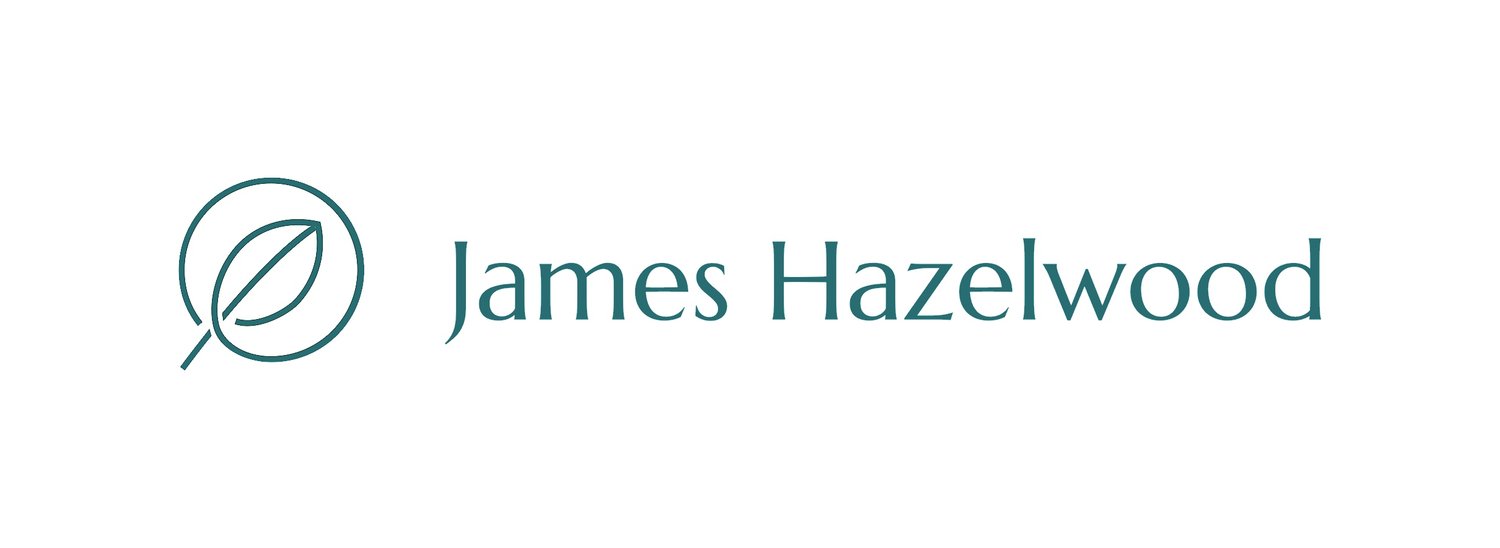How to Communicate in a Storm
Below is a tool leaders can use to shape their responses to the storm of nonsense we are and will be seeing in the coming years. It’s a clear six-step process for communicating in our new world. I link to the excellent newsletter by Epidemiologist Katelyn Jetelina. Her substack is a must-read for those concerned about Health, Medicine, and Life. Her Substack Newsletter is here.
What follows is my adaptation of a portion of her recent newsletter on communication in our new world. Anyone involved in leadership and communication with people would benefit from using these guidelines. Dr. Jetelina’s original piece focused on health matters; I’ve taken her words and broadened the focus so you can see how it applies to just about any subject. We live in a new world now. Leaders of all types need to adapt and understand how to communicate better in our current context. (I’ve italicized my edits, typically changing from her healthcare-specific language to a broad language)
Navigating the Storm. This is going to be rough—there is no sugar coating it. We were already drowning in a firehose of false information, and this is going to turn up the water pressure. But there are hundreds and thousands of professionals and many more who are committed to evidence-based practice and are not going to give up. Here’s how we do that well.
Recognize top-down information doesn’t work anymore.
Historically, information has trickled down from the top. This traditional model clearly does not meet the moment of the 21st century. Institutional sources of information are often confusing, not rapidly updated, and many people simply don’t trust them anymore. Very few institutions understand this, and even fewer are acting upon it.
2. Meet people where they are.
People are searching for information from nontraditional sources like social media, and we need to meet them there, providing answers where they are looking. Falsehoods and rumors often influence people in large part because people are unable to find trustworthy, evidence-based information that is accessible, empathetic, easy to understand, and timely to fill information voids. And, guess what is there to fill the gap? Rumors and falsehoods.
3. Tell more stories.
We don’t have a shortage of data. We don’t just need more facts and charts. We need teachers and storytellers. Because at the end of the day, people remember how you made them feel more than what you said. This means:
A guide, not a lecture. Someone who can explain complex topics in a way that makes sense.
Straight answers. If something is uncertain, say that. If there’s a risk, be upfront about it.
Empathy. Health decisions aren’t just about science—they’re personal. People remember how information made them feel, often more so than what was said. Most of all, people need information that actually helps them make decisions.
4. Recognize trust isn’t declared—it’s demonstrated.
Being trustworthy is demonstrating over and over again that you are. It’s a set of acts—clarifying uncertainty, revealing authenticity/vulnerability, being human, owning up to mistakes, and consistently behaving in certain ways over time.
It also requires humility. As scientists, community leaders, or institutions, we know a lot, but we don’t know everything. Humility requires listening instead of hearing — learning from communities rather than prescribing solutions from the top down.
5. Don’t turn your anger into shaming others.
One thing we know for sure about communication is that shaming people doesn’t help; it only makes things worse. We are likely to see more decisions that infuriate us. It’s easy to respond in anger and call someone an “idiot” for believing false things they say, but this will only backfire. Vent privately, then keep speaking what’s true—clearly and with kindness—even when it’s difficult. That’s how trust is won back.
6. Keep telling the truth. (Over and over again - repetition is key)
The reality about ____________ does not change depending on who is in charge. When false information gets louder and is repeated over and over, our brains start to want to accept it. Stick with the data, no matter what some questionable source says. In a world where confusion is a tool, clarity is the antidote.
Again, the above is adapted from Your Local Epidemiologist Newsletter so that people in other fields can apply these lessons. I hope this helps.
Jim

